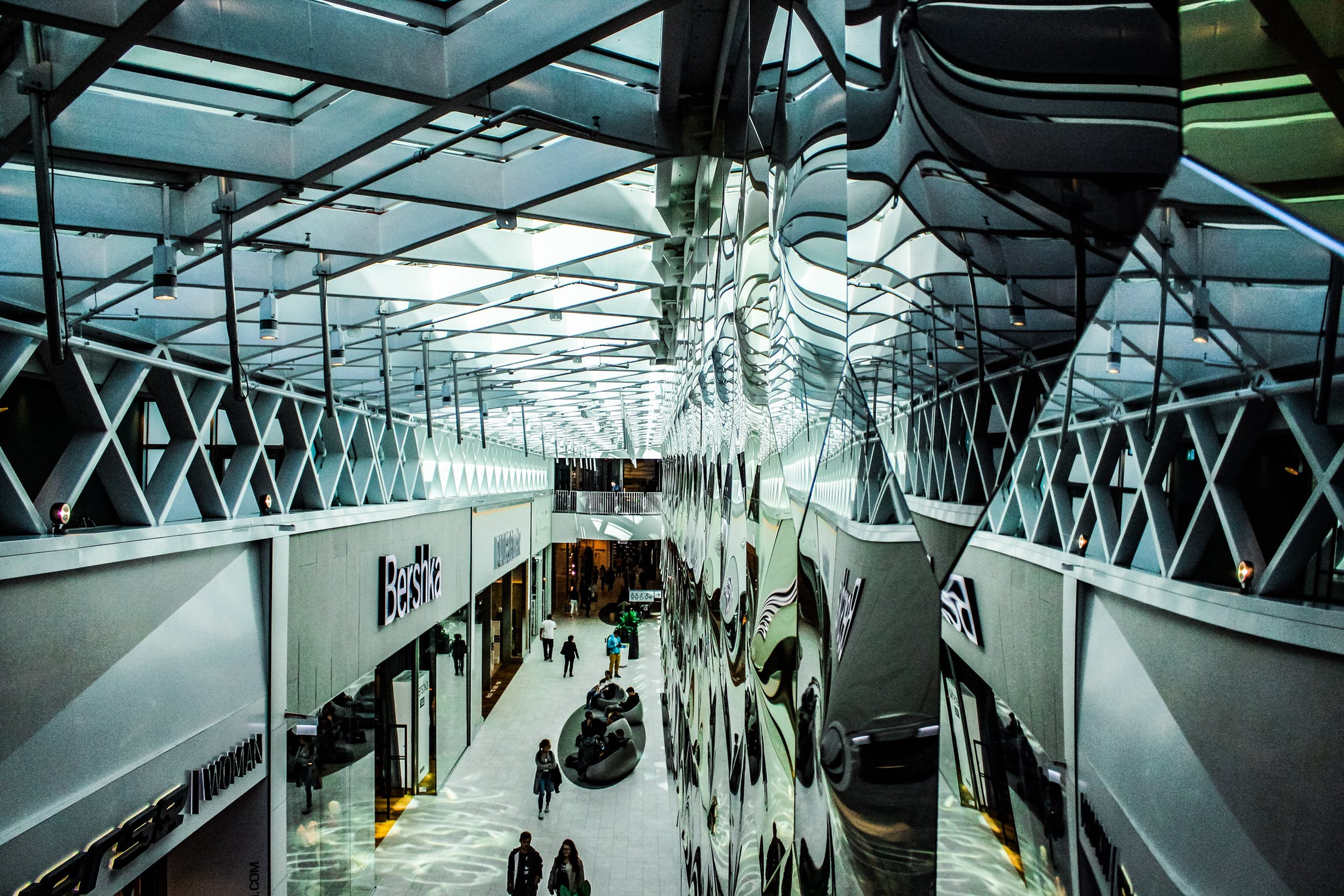The integration of IoT in retail will help to increase sales, improve customer loyalty, and decrease inconveniences by providing customers with personalized and hassle-free shopping experiences.
Imagine you walk into a store. A shopping cart automatically pulls up to you. It then follows you everywhere without you having to push it. You simply keep adding items that you need to it. And once you’re done shopping, you take out your credit card for payment. Oh, wait! There’s no cashier counter, either. You exit the store, and the amount gets deducted from your bank account automatically. Sounds too true to be real, right? Can this amazing concept turn into a reality? With IoT, it surely can. The use of IoT in retail can turn this distant dream into material reality by making use of advanced sensors, artificial intelligence, and behavior recognition technology.
How the Use of IoT in Retail will Give Rise to Fully-Automated Experience
Various components of IoT can help transform retail stores to provide a seamless shopping experience to individuals and help boost sales. Some of the IoT components that can be leveraged in retail stores include:
Sensors
Smart sensors can be deployed to detect the arrival of new customers. An automated shopping cart can deploy itself to assist customers in their shopping. The cart will automatically follow customers without them having to push it manually. Additionally, the shopping cart can return to a programmed location once the customer has exited the store. The sensors can detect whether the customer has emptied the cart and can then return to serve other customers. This eliminates the hassle of human employees searching for misplaced shopping carts and placing them in close vicinity to the store.
RFID tags
RFID tags can be placed on items that can be scanned automatically to calculate the number of products purchased. For instance, RFID readers can be mounted on shopping carts so that when an individual puts an item in the cart, it can automatically scan the product details such as the name and cost of the item. It can then show the information to the individual on a digital screen placed on the cart. Thus, customers can keep a tab on their shopping in real-time.
Facial Recognition
Facial recognition can be used to identify individuals. A database can be created for individuals to study their purchase patterns. The data can be used to simplify the shopping experience when the individual visits the next time. Alerts can be pushed to their mobile device regarding the location of products in the store which they frequently buy. This helps in reducing the time usually spent in finding items in large aisles at retail stores. Additionally, facial recognition technology can help reduce instances of fraud with the help of the available data. For instance, if an individual has stolen a customer’s credit card or mobile device and uses it for shopping purposes, facial recognition can help identify the mismatch of information in such cases in real-time and alert the concerned authorities and block such transactions.
Customers will be able to shop quickly and have a hassle-free experience due to the use of IoT in retail stores. Store owners, too, will benefit from IoT as it will streamline almost every operation in the store. With IoT, a completely automated store is not a distant dream. Tech giant Amazon has already opened 26 Amazon Go stores, which have zero employees and completely rely on IoT components. Other retailers, too, can look to incorporate IoT in retail stores in various forms to provide customers with convenient shopping experiences.




Leave your comments
Post comment as a guest